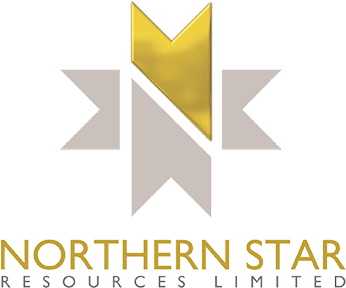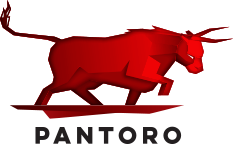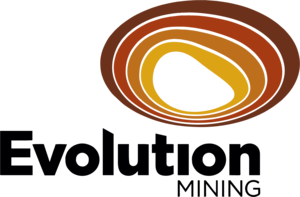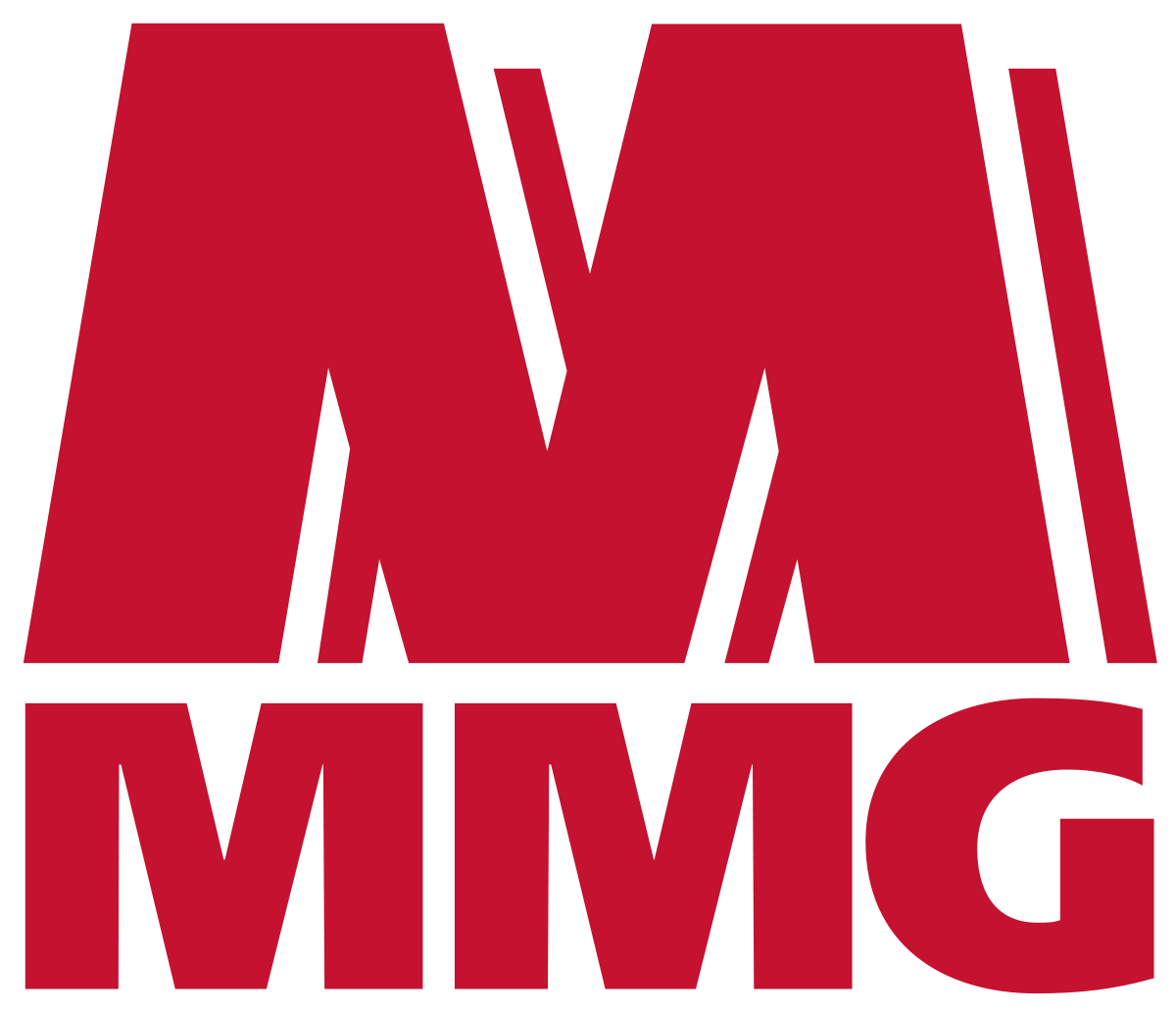Welcome to Operational Geotechs’ latest e-update on our international activities.
In this edition, we chat with OG co-founders Ben Barsanti & Trent Nester to find out what they’ve been up to recently.
Q. Ben, what highlights has 2025 brought so far?
A. It’s been a busy start to the year! Sachin finished his 4 month site support contract at New Gold’s Rainy River mine and is now assisting Newmont’s Brucejack mine.
I’ve attended two conferences, AME Roundup in Vancouver and SME MineXchange in Denver, both events hosted excellent networking and technical sessions. In early March, a few members of the OG team – co-founder Trent Nester, senior geologist Melissa Say and I – attended the annual Prospectors & Developers Association of Canada (PDAC) Convention in Toronto.
Q. Can you both tell us about PDAC?
B. It was our second time attending the event and is recognised as the world’s premier mineral exploration & mining convention. This year it attracted more than 27,000 attendees and hosted over 1,200 exhibitor booths.
T. The event was important for us because we not only connected with friends, former work colleagues & mentors, current and former clients, but also met many new people from across industry.

Q. What was the reaction like from those you linked up with?
B. There was a lot of interest in our unique business model and geotechnical services. Site support will continue to be important for our industry especially for mines that face challenging geotechnical conditions.
T. Really positive. Our extensive experience with restarting mines on care and maintenance gained attention with several companies on this path with their assets. It reminded me of the restart of nickel mines around Kambalda in early 2000’s.
We also meet the Mayor of Sudbury, Paul Lefebvre, and Business Development Officer, Scott Rennie. It was terrific to see Sudbury promoting their region and engaging with everyone, even small businesses.
Q. What was a key learning from the event?
B. It was clear from our discussions that resourcing mine sites with the appropriate number of technical staff will continue to be a problem across the global mining industry for the foreseeable future. Service providers like us can help bridging the gap while companies continue their recruitment process.
T. Adding onto Ben’s comment, while this is not a surprise and has been a common theme at conference events, it highlights the growing need for operational support and provides an opportunity for people from other engineering streams to enter the industry.

Q. You also took the opportunity to venture further out while there. What did that involve?
B. After the convention, the OG team travelled four hours north of Toronto to Sudbury, a world-class mining town. Its mining history dates back to 1880’s when nickel-copper ore was discovered.
We visited Glencore’s Fraser Mine, located about 40 kilometres north of the Sudbury township. The site ground control team were amazing and very generous with their time, organising a visit to tour the underground Ni-Cu deposit. After travelling by shaft down to the 3400 Level (≈1,100m below surface), we jumped into the Minecat vehicle and were able to inspect multiple ore headings and production areas across the 1,500m deep mine.
T. I got driving duties out to Fraser, leaving at 5am, -12°C, with ice and snow… it was a nervous experience! The geotech team were awesome and it was great to get underground. The day included many discussions on rock mass conditions, ground support and mining methodologies. We also shared examples of mining practises between Canadian and Australian mine sites.
The Fraser Mine is nearing closure over the next 12 months, with focus moving to the new Onaping Depth project under another neighbouring mine, the historic Craig Mine.
Q. You also visited a Vale mine. Can you tell us about that?
T. Yes, the following day, we were lucky enough to travel to Vale Canada Ltd’s Coleman Mine. This site is next door to Fraser Mine only a few kilometres apart on the surface, but joined with underground development.
Once again, the site ground control team members were brilliant hosts as we joined them on the daily underground visit to the mine’s Cu-Ni deposit. We took another shaft trip, then jumped into a vehicle to tour the mine across the 1,800m deep mine workings.
B. The drive out to Coleman was more relaxed then the day before, haha. We also talked in depth about mining methodologies, rock mass conditions and ground support, as well as the differences seen in Canadian and Australian mine sites, and came away with some great learnings.
I particularly enjoyed seeing and discussing about pumpable resin systems used for D-bolts and cable bolts. It’s clean, quick and intersections fully supported within a few hours. Coleman has been doing this since 2010-11 and there is probably less than 6 mines in Australia using or trialling this at the moment. Definitely an opportunity there!
Q. Mel, what your highlight was on the visit to Sudbury?
A. It was a great opportunity to meet the locals that work and live in the mining town and to see how Canadian mines are run. Beware of the icy roads though at dawn!
Fraser and Coleman were great! Big mines, and very friendly people. The whole mine including office buildings are connected and enclosed due to the snowy conditions so you don’t get wet or cold, its so unique as Australia doesn’t have mines where is snows! The Copper ore is great to see, its mostly chalcopyrite and it’s a very profitable mine as it contains a lot of rare earth minerals too like platinum and palladium.
Our time in Sudbury finished with OG holding a thank you dinner for both site teams to express our gratitude for hosting us.

And thanks to all of you for keeping up with our news. Please feel free to reach out with any questions or feedback.


















